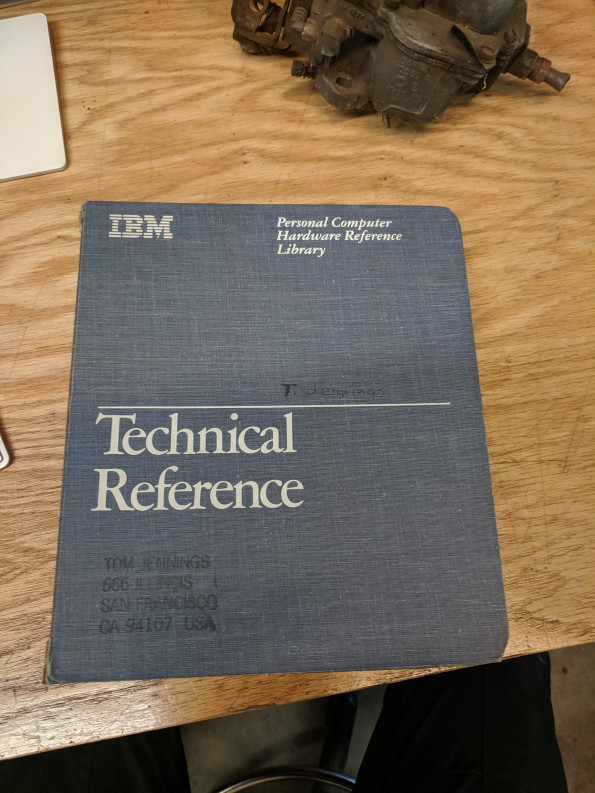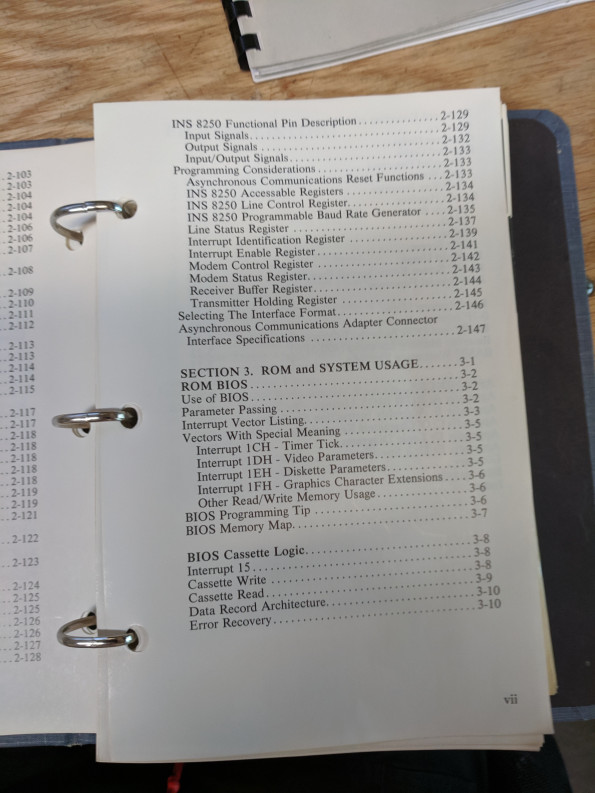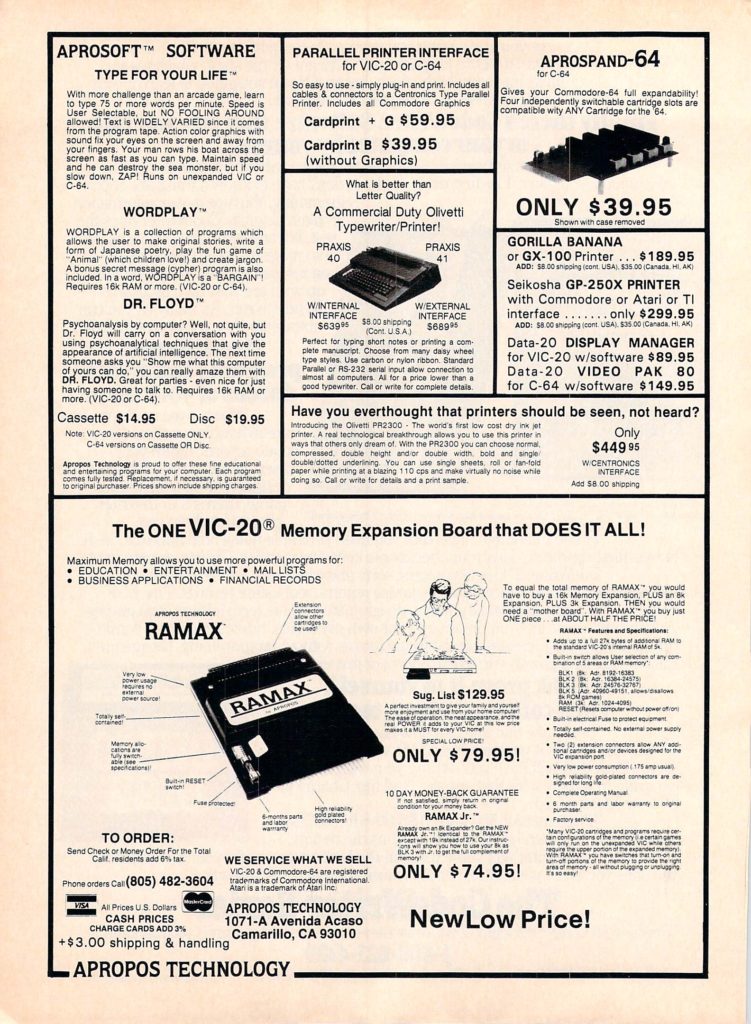Since the start of 2021, debates about hosting sites, web services, and social media bans have drawn attention from all sides of the spectrum with some calling foul, citing free speech concerns, while others attest that it is simply warranted ownership control.
We have a love-hate relationship with technology that is confounded by ever evolving platforms, privacy concerns, and posting privileges. And those who recently rallied on Reddit are the latest instigators for attracting legislators.
Big Tech is a hot button issue, and prohibiting access is a big deal. But these companies have the right to do so, just as hedge funders shouldn’t be demonized for doing their jobs while rogue investors claim revolution.
As long as a company isn’t physically or forcefully harming another individual or their property, the ability to intervene is limited until new legislation is enacted, and we should be wary of calling for further government interference and be mindful that new laws can backfire. Regulatory decisions, even when meant to benefit the public, can impact future prospects and forms of competition within the marketplace.
Actually, the success of Big Tech could be attributed to minimal government interference early on (since you can’t control what you can’t understand… which may still be the case). Larry Downes, a business internet analyst and digital strategist claimed in a 2018 article featured in the Harvard Business Review that “The best regulator of technology… is simply more technology. And despite fears that channels are blocked, markets are locked up, and gatekeepers have closed networks that the next generation of entrepreneurs need to reach their audience, somehow they do it anyway — often embarrassingly fast, whether the presumed tyrant being deposed is a long-time incumbent or last year’s startup darling.”
Indeed, supposed monopolies in competitive economies don’t last forever; and although certain platforms and parties are currently in a dominant position, new entrants always emerge. Just as the rise of big box stores created concerns in the 1960s for Mom-and-Pop shops, the rise in online sales created similar concerns for the behemoths of the retail sector in the 1990s. The market self-corrects if given the chance.
So instead of partaking in the illiberal Big Tech backlash, or pushing to raze or regulate existing systems — such as the charge to change the stock market or reprimand the GameStop mob — take comfort that when there are big problems and shifts in the status quo, new avenues will appear. Vending machines distributing COVID-tests and inventive restaurateurs and retailers demonstrating the power of a profit-motive are current examples for meeting marketplace needs.
Just as the pandemic lockdowns were (and still are) debilitating and debatable, there has been a realization of resilience and the need for restructuring. And so, it is somewhat safe to say the same will be true for the online and trading realms. A ‘want’ doesn’t go unmet for long in advanced societies, and loopholes are ever-present for enterprising individuals.
Change is never easy and pay to play models will likely emerge, but organic change may be just what is needed, and not new policy creation which is a common feature in daily news cycles.
Legacy media and powerful platforms have dulled our senses, and even when our health depended on it, many were (unsurprisingly) unable to distinguish between what was true or false. This has pushed some to the peripheries throughout the pandemic and resulted in traveling down rabbit holes that only furthered the global distrust of media and fed existing biases. Personal discourse has evolved into online performativity, and it seems our metacognition(the ability to think about thinking) needs a serious redress given the success of some conspiracy theories and the swarm of shorting stocks.
So, like any vice that is in our life, individuals need to take on some personal accountability for what has transpired in the online and trading realms.
The power players didn’t achieve their status by force and most allowed us access to their services for free (whether for tweeting our thoughts or jumping on a bandwagon for buying stock). It is the producers and users (composed of individuals) who have furthered such ventures.
Like an actor without a stage, a podcaster without a platform may simply need to change course and an investor without an advisor may realize the investment is worth a professional opinion.
These current conundrums may force us to become more locally-oriented—investing in our communities, not corporations, and conversing with our neighbors rather than listening to mass media moguls, political pundits, and tribal troop leaders.
Having a concern for community news rather than capitol chaos (which disgusts and distorts American viewpoints) will have more of an impact on our lives any day of the week, particularly since we struggle to understand what we are being shown and what is being shared when on a grander scale anyway.
If given a chance, the market will provide new sources and structures, since creative destruction brings better processes. And Henry Hazlitt’s succinct words of wisdom are important to remember in situations such as this—“The ‘private sector’ of the economy is, in fact, the voluntary sector; and the ‘public sector’ is, in fact, the coercive sector.”
Solutions will arise as long as regulatory bodies are kept at bay and rational ethical entrepreneurs and innovators are left unbridled. What is needed now is true economic freedom (removing the incentive of crony capitalism and political policing) and the welcoming of enterprising individuals.

Kimberlee Josephson
Dr. Kimberlee Josephson is an Assistant Professor of Business and the Associate Dean for the Breen Center for Graduate Success at Lebanon Valley College in Annville, Pennsylvania.
This article was originally published on FEE.org. Read the original article.






